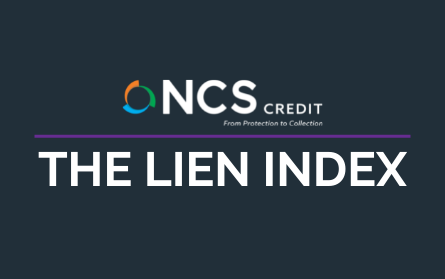The Lien Index increased slightly to -9.03% in Q3, up approximately .5% over Q2.
Throughout Q3, national mechanic’s lien activity remained relatively flat, though there were some significant changes regionally. We anticipate an increase in mechanic’s lien activity in Q4. Although a Q4 increase would be in line with seasonal trends, the industry will continue to contend with the strain on the costs and availability of materials and labor.
Download the full report for details.
Download now